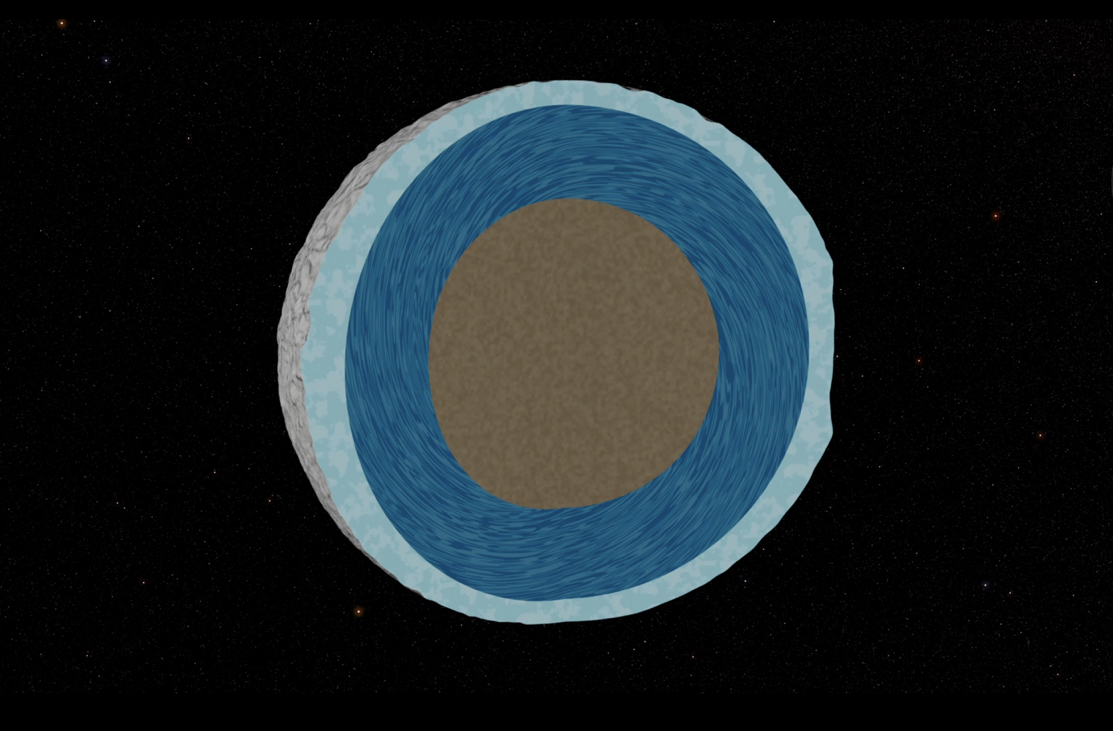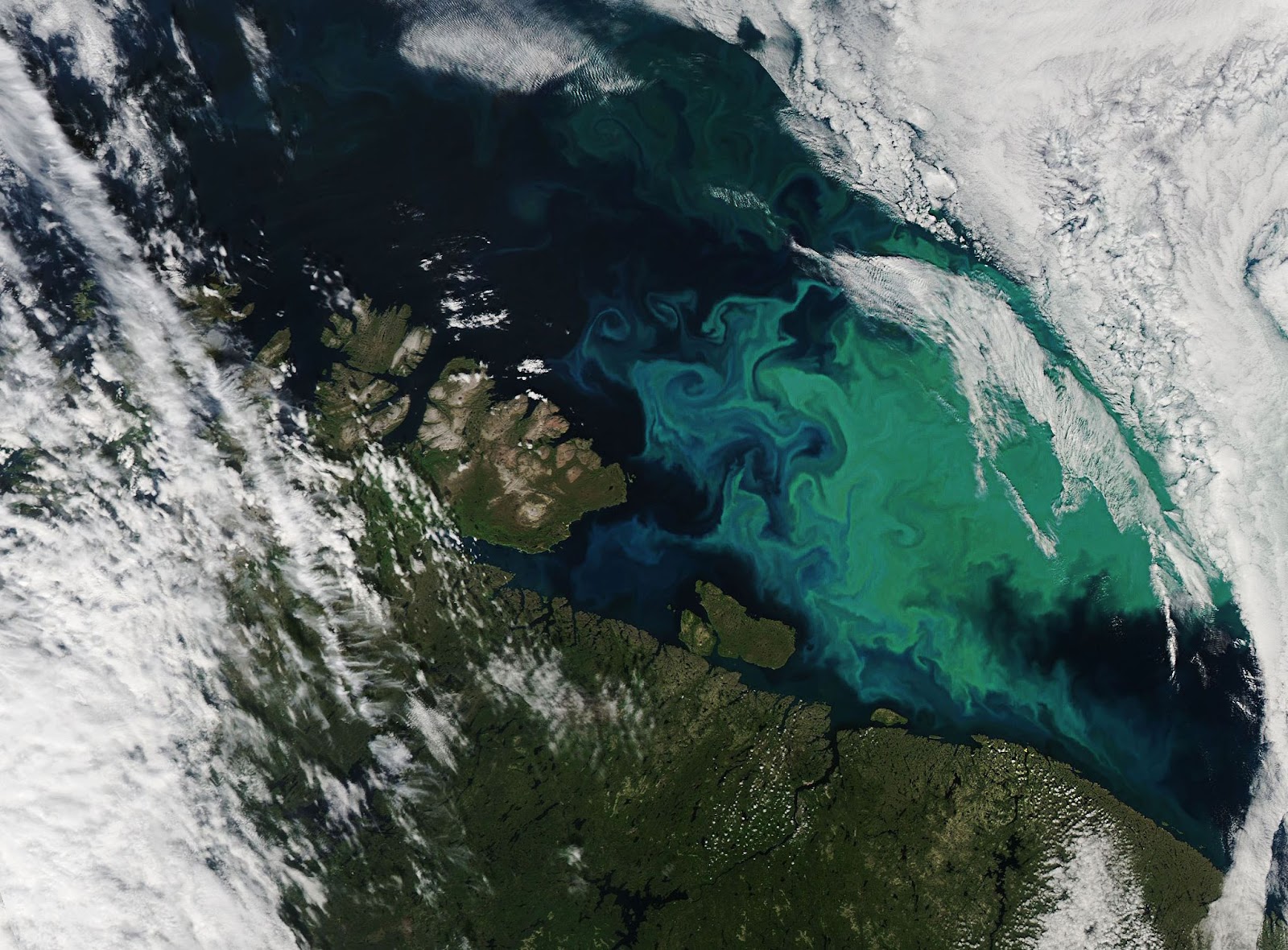This is T-Minus, where we count down the biggest developments in space, from new rocket launches to discoveries that advance our understanding of the universe and our place in it. Humanity is reaching new heights in space exploration. Make sure you’re part of the journey by subscribing here.


Black hole’s spin warps spacetime
How fast a black hole is rotating can tell astronomers a ton about it, but pinning down the spin speed of Sagittarius A* (Sgr A*), the gigantic black hole at the center of the Milky Way, has been a challenge — some astronomers believe it’s spinning nearly as fast as physically possible, while others think it’s barely spinning at all.
Just in time for Super Bowl LVIII, NASA shared a new estimate based on a technique called the “outflow method” and X-ray and radio data, and it found that Sgr A* is spinning so fast, it’s warping spacetime into the shape of a football.
“With this spin, Sagittarius A* will be dramatically altering the shape of space-time in its vicinity,” lead study author Ruth Daly, a physics professor at Penn State University, told CNN, adding that “the spinning black hole is dragging all of the space-time around with it … it squishes down the space-time, and it sort of looks like a football.”


Saturn’s new orbiting ocean
After analyzing data collected by NASA’s Cassini spacecraft during its 13 years in Saturn’s orbit, a team led by scientists at the Paris Observatory reached a remarkable conclusion: its moon Mimas appears to have a vast — and young — liquid ocean beneath its surface.
“Mimas is a small moon, only about 400 kilometers [250 miles] in diameter, and its heavily cratered surface gave no hint of the hidden ocean beneath,” said Nick Cooper, co-author of a study published on February 7.
Based on the moon’s rotation and orbit, though, the scientists believe it has a liquid ocean 70 kilometers (43.5 miles) deep below an icy crust about 20-30 kilometers (12.4-18.6 miles) thick. At the center of the moon is a solid core.
Over time, the pull of Saturn’s gravity on this ocean would presumably cause cracks in its surface. A lack of such features led the scientists to conclude the ocean must be “young” in astronomical terms: 5-15 million years old.
The discovery suggests that liquid water — one of three ingredients needed for life as we know it — may be hiding in places we never thought to look for it before.


SpaceX launches ocean-monitoring satellite
Satellites are one of our most powerful tools for studying the environment — from their vantage point high above Earth, they can monitor huge areas of land or sea over long periods of time, giving researchers access to unprecedented data.
On February 8, SpaceX deployed NASA’s PACE (Plankton, Aerosol, Climate, ocean Ecosystem) mission, a new environmental satellite that’s expected to revolutionize our understanding of Earth’s oceans — by studying how they change color.
Color shifts reveal the distribution of microscopic life in the water, which can be hugely useful for studying ocean health, climate change, and more.
“In many ways, we know more about the surface of the moon than we do about our own oceans,” Karen St. Germain, director of NASA’s Earth Science Division, told CNN. “PACE will be the most advanced mission we’ve ever launched to study ocean biology. It’s going to teach us about the oceans in the same way that Webb is teaching us about the cosmos.”
We’d love to hear from you! If you have a comment about this article or if you have a tip for a future Freethink story, please email us at [email protected].



